-
Home
-
RIZZOLI
CUCINE
The power of fire shaped by passion and technology
-
RIZZOLI
-
Company
-
Company
La nostra storia inizia da una passione ardente
-
 Our history
Our history -
 Our philosophy of the best
Our philosophy of the best -
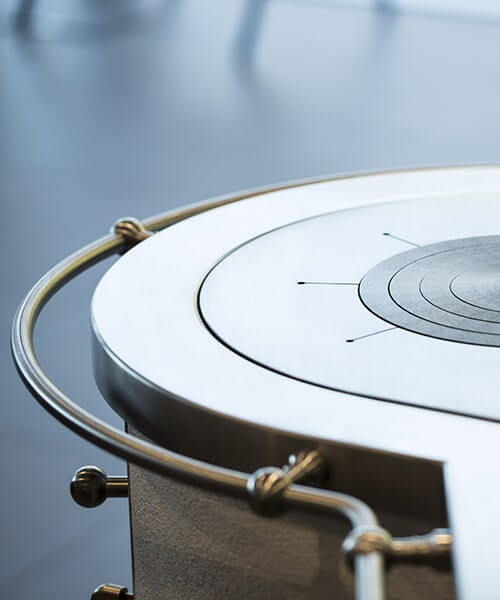 Handmade quality
Handmade quality -
 Italian manufacturing
Italian manufacturing
-
Company
-
Products
-
Cookers and thermo cookers
-
cookers and thermo cookers
Our range of products for your kitchen idea
-
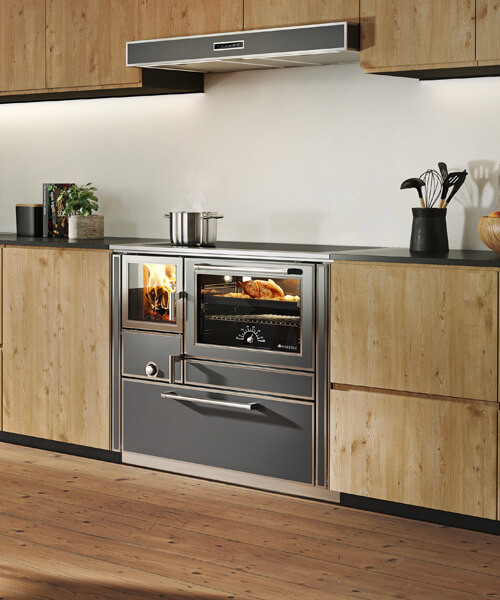 Wood-burning Cookers
Wood-burning Cookers -
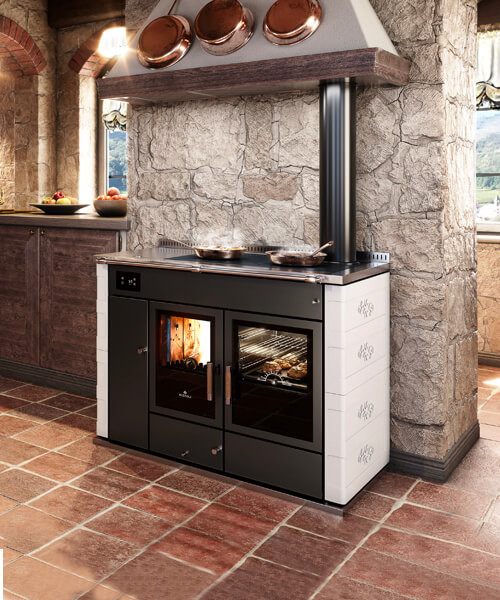 Wood-burning thermo-cookers
Wood-burning thermo-cookers -
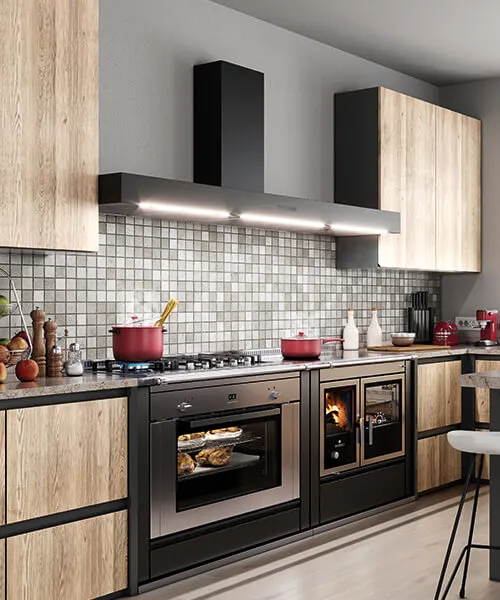 Electric and gas kitchens
Electric and gas kitchens -
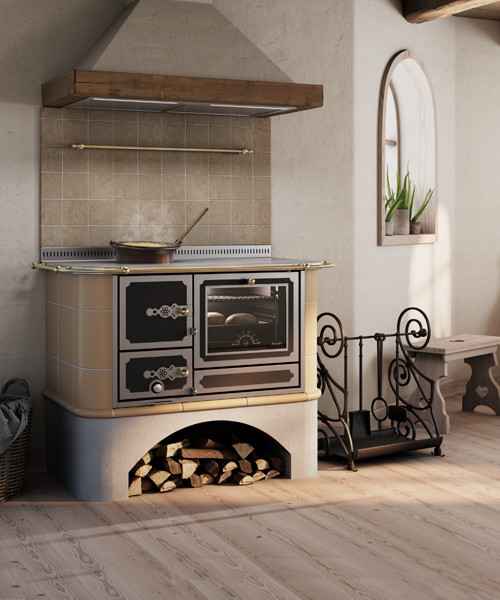 Items for stove makers
Items for stove makers -
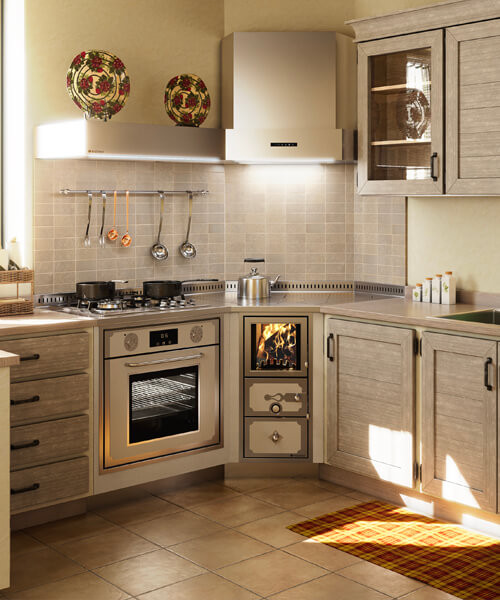 Custom made
Custom made
-
cookers and thermo cookers
-
Aspiring hoods and steel furniture
-
aspiring hoods and steel furniture
Design, customization, innovation and heat-resistance.
-
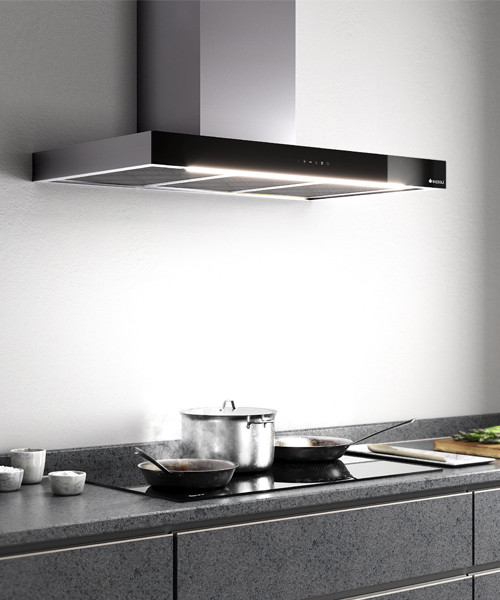 Kitchen hoods
Kitchen hoods -
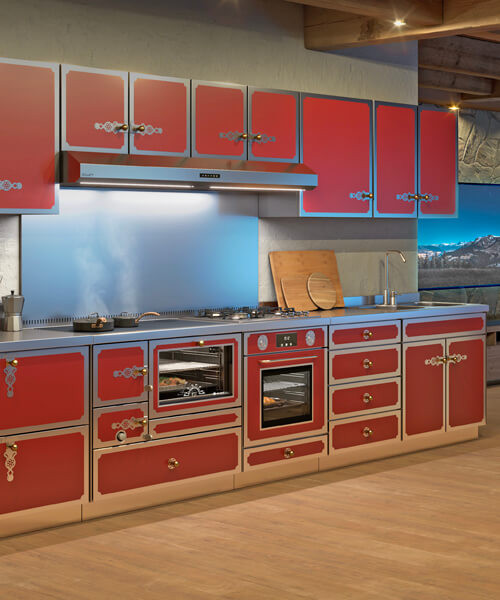 Worktops, Furniture and Sinks
Worktops, Furniture and Sinks
-
aspiring hoods and steel furniture
-
Stoves and thermostoves
-
stoves and thermostoves
The new range of products for your living space
-
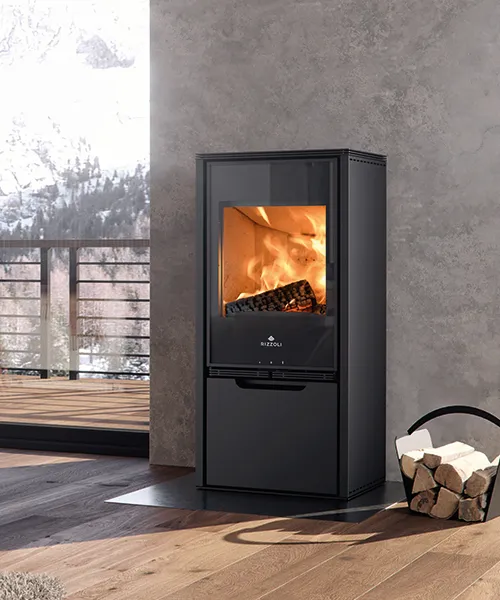 Wood-burning stoves
Wood-burning stoves -
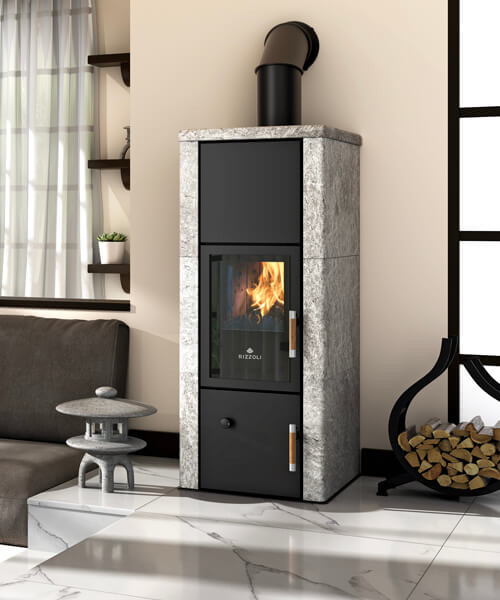 Wood-burning thermo stoves
Wood-burning thermo stoves
-
stoves and thermostoves
-
Wood burning insert
-
wood burning insert
Exclusive design and exceptional fire view.
-
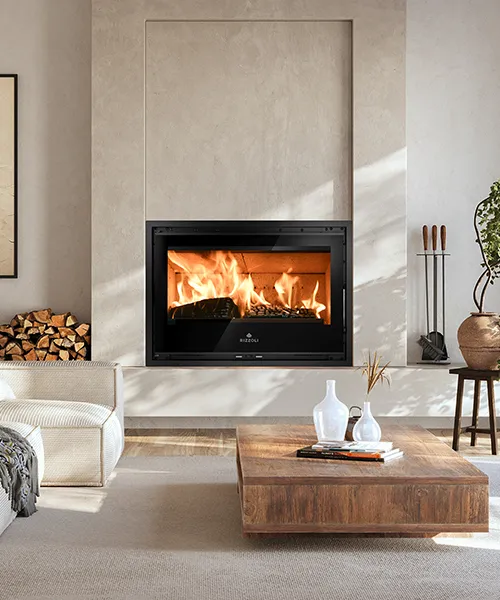 Wood burning insert
Wood burning insert
-
wood burning insert
-
Professional kitchens
-
professional kitchens
The wood cooker enhanced at maximum power.
-
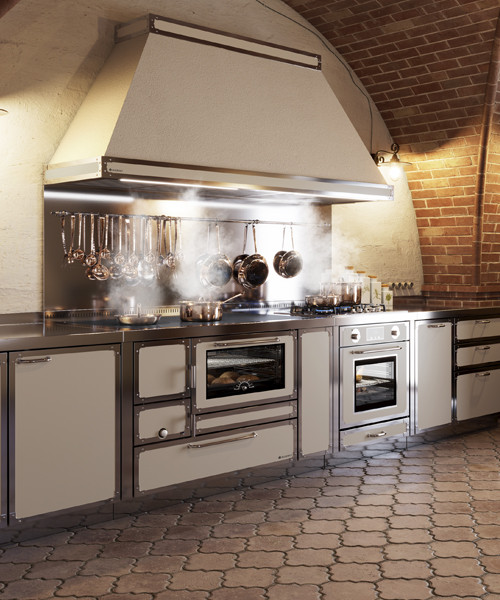 Wood-burning Professional cookers
Wood-burning Professional cookers
-
professional kitchens
-
Cookers and thermo cookers
- Catalogs
-
Tools
-
Tools
Technical aspects, advice and catalogs to consult.
-
 Suggestions
Suggestions -
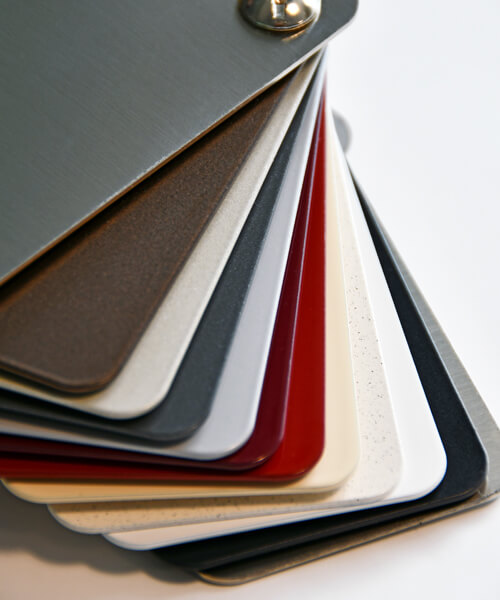 Configurator
Configurator
-
Tools
-
News
-
News
The latest news, events and exhibitions are only one click away!
-
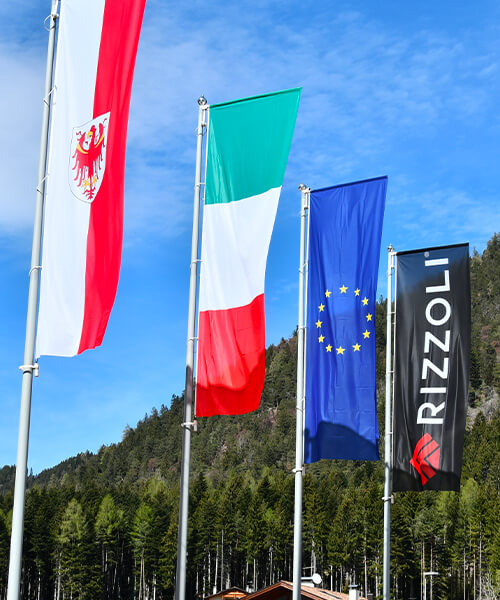 Rizzoli in fair
Rizzoli in fair -
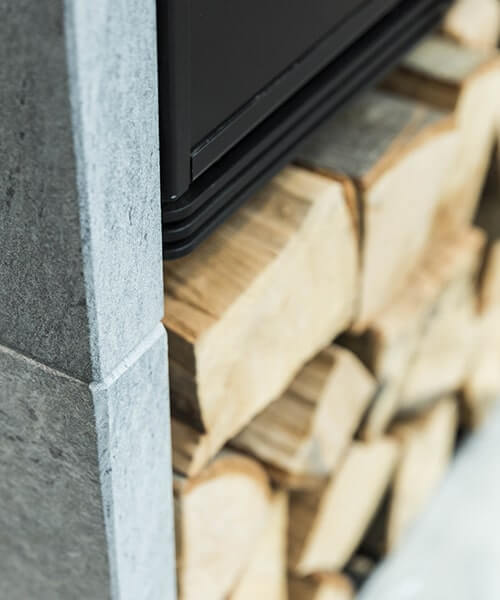 Rizzoli in tour
Rizzoli in tour -
 Latest news
Latest news
-
News
- Media
-
Contacts
- Contacts
-
 Contacts
Contacts -
 Work with us
Work with us
- RESERVED AREA

